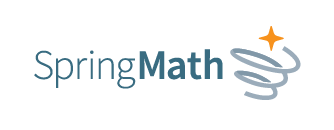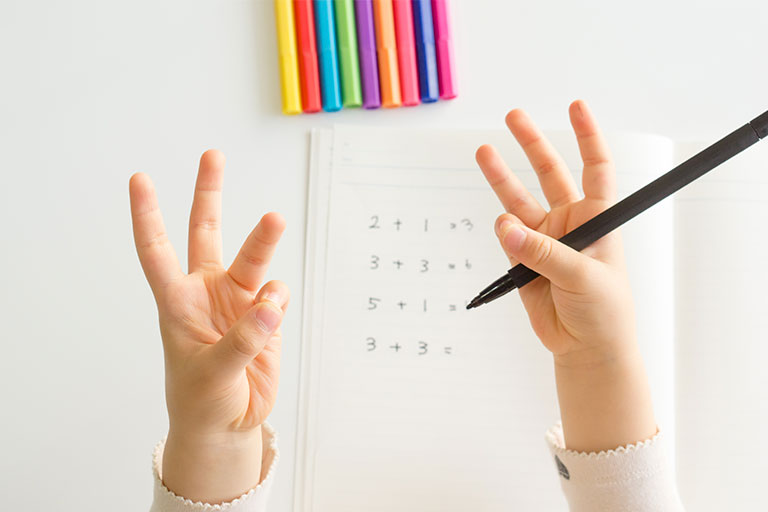Adjusting to different learning behaviors
With a new school year come new students and new behavioral needs they might have when it comes to learning the curriculum. The great and sometimes challenging news is everyone learns differently. Students' individual learning styles and behaviors may not present themselves right away. They often appear when the student has become comfortable in the classroom and can even populate when a student is struggling to comprehend the course material for the day. The important thing to remember is every student is capable of understanding their tasks at hand, with a little help and creative teaching.
So if everyone has different learning styles, how do you go about catering to each student’s individual needs in a full classroom? A good place to start is learning about the four most common learning styles. Then you can start creating fun and engaging learning experiences for your students.
Engaging lessons
While each learning style and behavior are unique in their own right, they can easily be combined into engaging lessons for your entire class. This might seem like a daunting task at first, but it is often easier than it seems. Reading and writing learners and auditory learners will thrive under any lesson plan they’re given. The visual and kinesthetic learning behaviors will be the ones you most need to cater to within your lesson plans. Visual learning lesson plans can contain video examples, charts, and graphs. Kinesthetic learning lesson plans can contain hands-on activities, such as creating origami shapes to help represent equations in geometry. You could easily combine both of these learning styles into one lesson plan by showing a how-to video and having students follow the steps using tools at their desk.
Open communication
The best way to adjust to different learning behaviors is through open communication with a student. Celebrate a student's wins and help them through their difficulties. Learning behaviors should never hinder a student's ability to learn or feel comfortable in the classroom. With open communication, students and teachers can work together to create an effective learning environment for everyone involved.
Overall, adjusting to different learning behaviors within the classroom can be a challenge at first. Yet it is so important to make sure the needs of students are being met with compassion and open communication. Everyone deserves a chance to learn at their own pace and in a way that makes the most sense to that individual. Adjusting to different learning behaviors is the first step in that process.

